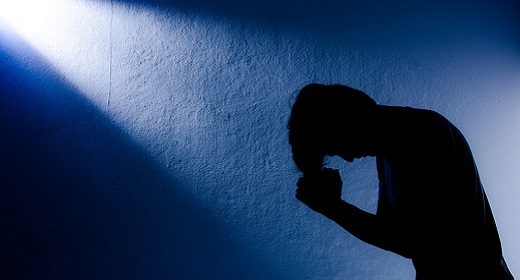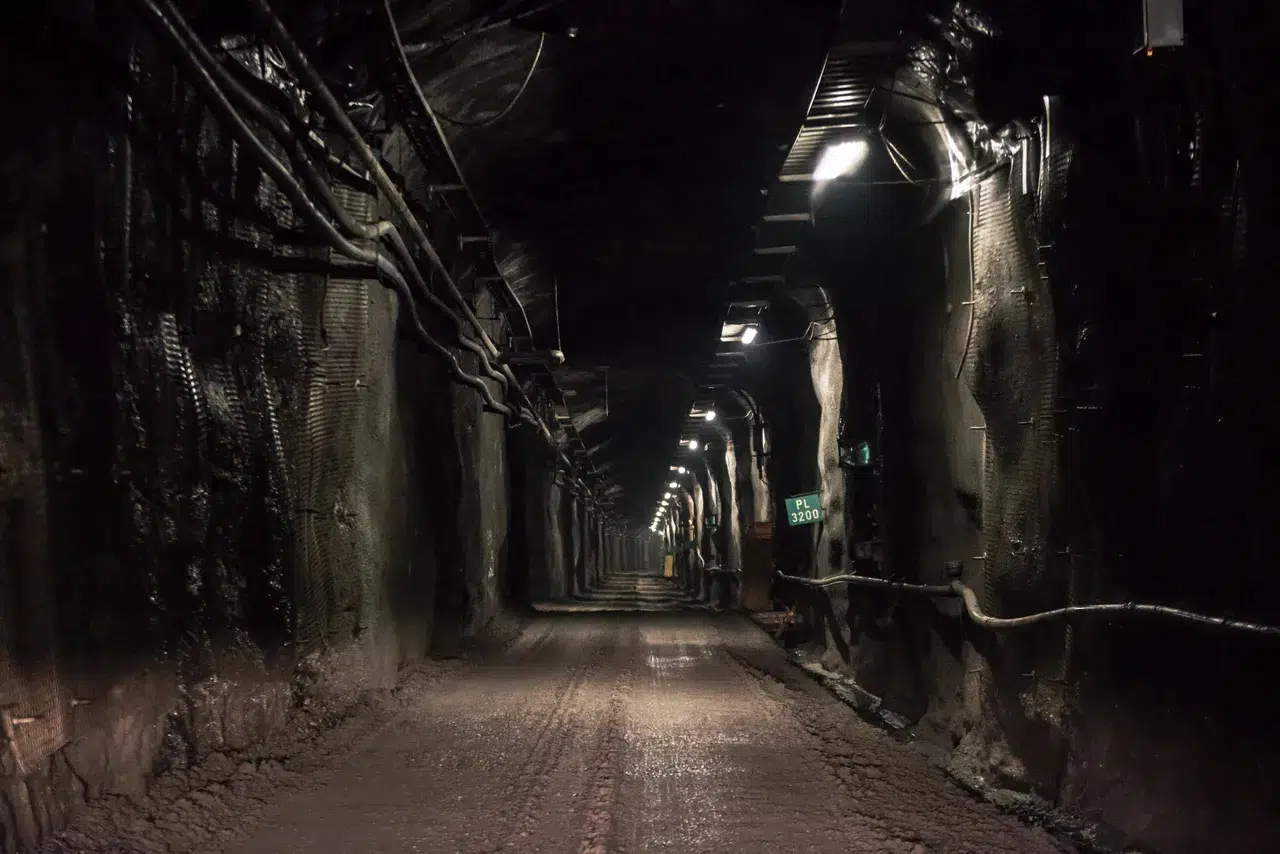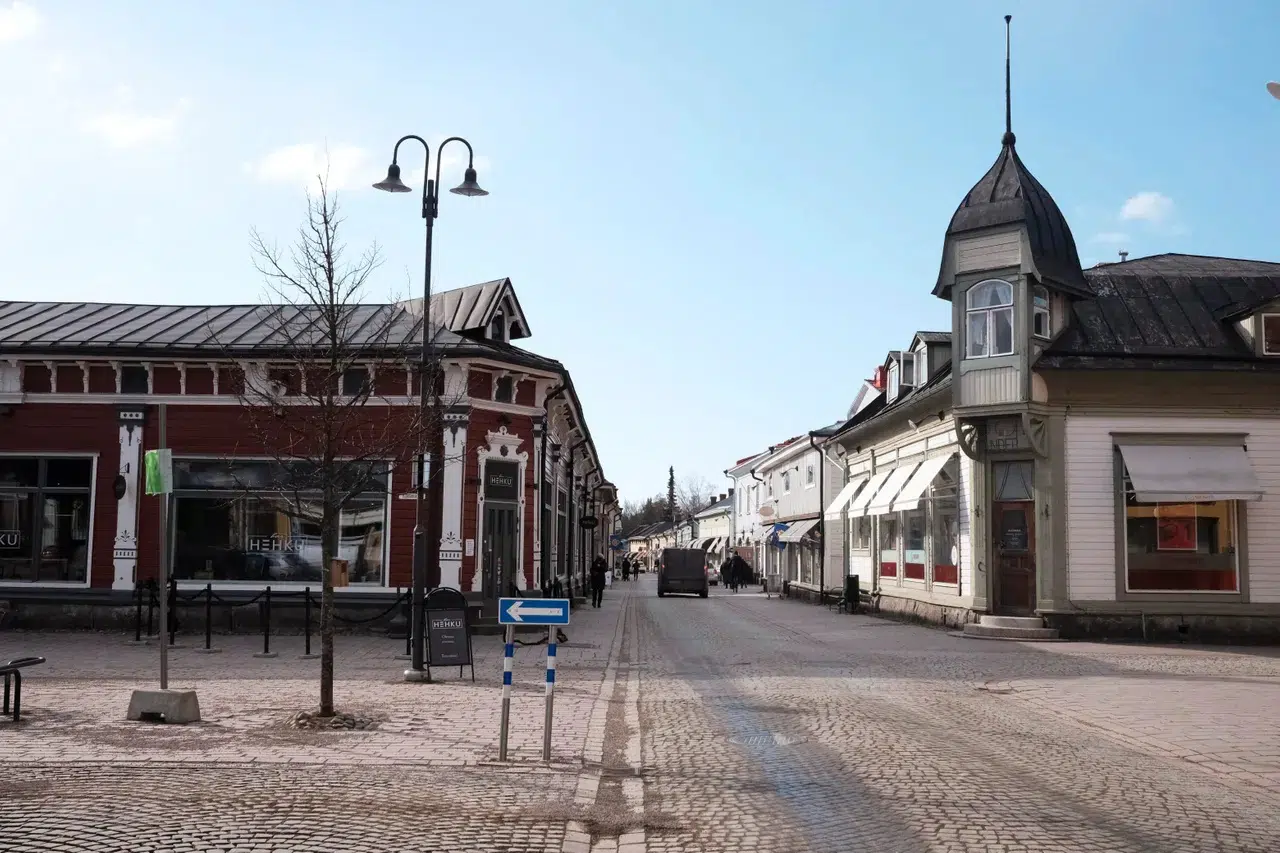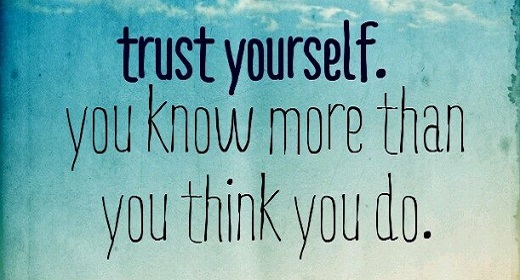by Alexander C. Kaufman: The radioactive waste question has bedeviled the energy sector and made nuclear power controversial, but the Finns have a plan to dispose of it for 100,000 years…
From the outside, it looks like any other modern Nordic building rising several stories from a cleared swath of pine forest on this quiet, rural island off this country’s verdant southwest coast.
But inside, hard-hatted workers are busy completing a feat of engineering that has never existed. It involves a robotic system and a basement network of switchbacking tunnels carved more than 1,300 feet into the Earth’s crust. Once finished, the project, called Onkalo, will turn the page to a new chapter of nuclear energy’s turbulent 80-year story and make history for the power plant just a two-minute drive down the road.
In a matter of months, the machines inside this boxy gray building will begin a weekly routine that will continue for a century: placing highly radioactive gray cuboid rods into copper cylinders the length of a Lincoln Town Car. From there, the canisters will travel roughly two hours underground to crypts meant to keep the spent-fuel rods undisturbed for millennia in bedrock that geologists say hasn’t shifted in almost 2 billion years. Sealed twice over in bentonite clay ― which expands when wet, preventing water from seeping in and corroding the capsules, and offers stability in case of an earthquake ― this site is meant to entomb nuclear waste for as close to eternity as any human endeavor can guarantee.
The project will store waste from the decades-old nuclear power complex next door. Last month, Finland switched on Olkiluoto-3, the third and biggest generator at the power station here. The reactor, one of the largest ever built and the first to open in Western Europe in at least 15 years, will produce about 14% of Finland’s electricity. Combined with the plant’s other two reactors, this speck of an island will provide 36% of the country’s power.
On its own, the new reactor would be notable as a rare bullish bet on atomic power at a time when, despite the world’s attempts to slash climate-changing emissions and wean Europe off the fossil fuels financing Russia’s war machine, more countries have closed nuclear plants than have opened new ones. But Onkalo makes this the world’s first nuclear power plant that solves the problem of the toxic waste that has for years rendered humanity’s most reliable and efficient energy source politically radioactive across much of the globe.
“This is a message from Finland that we have a solution to make nuclear power sustainable,” said Janne Mokka, the chief executive of Posiva Oy, the company building the storage site. “This gives certainty on what is the question of final disposal. It has never been done.”
Yet it has been tried. The United States proposed building a permanent storage site in the Nevada desert at Yucca Mountain but canceled the project a decade later under pressure from Nevada politicians and Native Americans. France is digging its own facility, where it will store waste in clay. Sweden is working on an underground repository that mirrors Finland’s approach. Canada is also considering possible sites for its own.
Nuclear energy has remained controversial across the rich world, even though it’s one of the safest forms of electricity generation, especially compared with fossil fuels that not only cause climate change but also lace the air with deadly disease-causing particles. Reactors are by far the most reliable source of electricity in existence, producing tremendous volumes of power 24/7 from relatively tiny nuggets of mined uranium, unlike solar panels and wind turbines that require vast operations and huge amounts of metal, and can prove less reliable in cloudy, windless weather. But nuclear power has very high upfront costs and the building process is slow. It’s also politically unpopular, in no small part because of the threat posed by radioactive waste.
The United Nations’ International Atomic Energy Agency hailed Onkalo as a “game changer” for the nuclear industry when its officials toured the construction site in November 2020. Replicating the storage facility could prove tricky, particularly in the U.S., and some in the industry wonder if permanent burial is in fact the best answer to waste that still contains vast quantities of usable energy.
But Finland is hoping to show the world how to preserve our climate and modern industrial society for future generations without saddling them with waste that remains dangerous for as many years as have passed since mammoths and early humans roamed the Ice Age tundra.
Radioactive Reputation And U.S. Missteps
More than a quarter-million tons of nuclear waste sits stored at power plants across the world.
The U.S. alone has produced more than 85,000 metric tons of spent fuel since the 1950s. That may sound like a lot, but nuclear waste is heavy, and even that total is compact enough to fit on a single football field. Hardly the green glowing goo seen in cartoons, spent fuel comes out in hollow bundles of zirconium-alloy rods filled with gummy bear-sized pellets of enriched uranium. The country’s 93 remaining reactors, which generate just less than one-fifth of U.S. electricity, produce waste at a rate of about 2,000 tons per year. Spent fuel is stored across the country at about 80 sites, mostly at the same facilities as the reactors that produced the waste, either in container pools where rods are kept cool or in dry casks.
A typical large reactor produces about 25 metric tons of high-level radioactive spent fuel per year. Finland has five large reactors.
Nuclear reactors produce energy by splitting atoms of uranium in a process known as fission, where a neutron collides with an atom, splits it and releases huge volumes of energy in the form of heat and radiation. In a power plant, that heat is harnessed to turn water into steam, which spins turbines that generate electricity.
Radiation is all around us all the time. It’s just energy moving through space, and it takes many forms, including ultraviolet light and radio transmission signals. Its effect on human health is measured by a metric called sieverts. One millisievert ― one-thousandth of a sievert ― is harmless. A banana contains 0.01 millisieverts. Uranium miners and nuclear plant workers receive an average annual dose of about 2 millisieverts, according to the World Nuclear Association data. A flight crew routinely taking the polar route from New York City to Tokyo takes in about 9 millisieverts per year. A single pelvic CT scan generally equates to a 10 millisievert dose. After exposure to 100 millisieverts, your chances of getting cancer may go up slightly.
A single dose of 1,000 millisieverts is enough to induce nausea, vomiting and hemorrhaging. At least half the people in a group exposed to 5,000 millisieverts at once will die within a month. A short-term dose of 10,000 millisieverts is a death sentence within weeks.
The average person receives 2.4 millisieverts per year from ambient radiation just from walking around, receiving low doses of radon and thoron in homes and buildings and from cosmic radiation. The average U.S. home exposes you to 228 times more radiation than living near a nuclear power plant, according to Environmental Protection Agency data.
A decade after it’s removed from a reactor, nuclear waste can produce a dose of radiation of about 100,000 millisieverts per hour. But radiation decreases in half-lives over time. After about 1,000 years, waste decays back to the radioactive levels of its original mined ore, but keeping it isolated from the environment around it remains important to avoid irradiating plants and animals in the food chain. Onkalo is being built to last 100,000 years.
Such timescales give any reasonable person pause.
But nuclear power occupies a uniquely fear-inducing place in popular culture, goaded by images that range from the recklessly buffoonish nuclear plant operator Homer Simpson on “The Simpsons” — as well as his misanthropic boss, Mr. Burns — and scenes of skin-blistering agony in HBO’s “Chernobyl.”
Ash from a coal-burning power plant, which contains radioactive materials and heavy metals such as cadmium and mercury that, unlike uranium, remain steadily toxic forever, spews 100 times more radiation into the surrounding area than a nuclear plant producing the same amount of energy. Radioactive minerals dredged up during gas drilling now contaminate communities across the U.S. The fine particles that burning fossil fuels spew into the air, meanwhile, caused 1 in 5 premature deaths worldwide in 2018 alone, according to a landmark Harvard University study, and increased the rates of diseases ranging from erectile dysfunction to dementia.
Just 49% of U.S. adults said they favor nuclear power in a 2019 Gallup poll, down from a high of 62% in 2010. Overwhelming majorities of self-identified Democrats, women and those without college degrees opposed nuclear power. More Republicans than Democrats supported expanding nuclear power in a Pew Research Center survey from January. A plurality of U.S. adults, 35%, favored encouraging production of nuclear power, while 26% wanted the energy source discouraged and 37% said it should be neither encouraged nor discouraged. That made nuclear power slightly more popular than oil and gas drilling but far less supported than renewable energy production.
That could also be a symptom of what the polling firm Bisconti Research, which frequently looks at public attitudes on atomic energy and has routinely found more favorable opinions than other surveys, calls a “perception gap” in which a majority of Americans judge public opinion of nuclear power to be less favorable than their own.
In Finland, by contrast, about half the population of nearly 5.6 million supports expanding nuclear power while a quarter say the current level is appropriate, according to a 2021 poll from Finnish Energy ― a survey that, while conducted by an industry trade group, is widely trusted because it’s been ongoing for decades with the same questions. Just 18% of respondents supported reducing the current levels of nuclear power, down from more than 40% in previous decades.
“Traditionally, Finns have been pretty pro-nuclear, and it’s a pro-technology, pro-engineering country,” said Tea Törmänen, a biologist and the executive director of the Finnish climate group RePlanet. “My guess is because the environmental conditions in Finland have always been so harsh, so we’ve had to rely on inventions, innovations and technology to survive.”
She’s a member of the Green Party, which historically, in most Western countries, serves as a bastion of anti-nuclear advocacy. But even the Finnish chapter of Greenpeace, another vehemently anti-nuclear group in most nations, largely supports nuclear power.
Building a permanent waste site has long enjoyed strong support among nuclear skeptics, Törmänen said.
“When the final repository was decided on, the Greens, even though at the time they were opposing nuclear in general, they weren’t opposing the solution to the waste,” Törmänen said. “They thought, ‘We have these nuclear plants; we must deal with the waste responsibly.’ So there’s this allowance to be practical.”
A view on one of the main streets in Rauma, a city 20 minutes from Onkalo that is listed as a UNESCO world heritage site. Unlike most towns in Nordic countries, where wooden buildings frequently burned down during the cold winter months, Rauma offers a rare glimpse of what medieval towns in this northern part of Europe looked like.
When Onkalo was first proposed, each municipality under consideration in Finland was consulted and given veto power. The small farming and fishing community that traditionally existed on Olkiluoto Island ultimately accepted the project, which it saw as a boon for tax revenue and jobs. Part of the benefit is that the island already hosted a nuclear power plant with dozens of employees, so most people in the area knew someone who worked there.
In Rauma, the charming medieval town just a 20-minute drive south from Olkiluoto Island, residents walking the cobblestone streets late one afternoon seemed largely unconcerned about the new nuclear reactor and storage site less than 10 miles away.
“It’s quite a safe place, and the regulations are there for a reason,” said Mikko Ammer, 39, a security worker at the nuclear plant. “If it’s done properly, it’s safe. And Onkalo is a huge part of that.”
Nuclear power is “difficult” because of the waste it creates, said Aino Yrjölä, 17.
“But maybe this solves the problem for the next generation,” she said of Onkalo.
Leena Kiviranta, who said she was in her 30s, had more immediate concerns as she picked up a flattened cardboard milk carton from the ground.
“I’m not worried about it at all,” she said of the nuclear projects. “I’d rather keep my energy on the sun and the spring, and I hope people would just be more natural and stop putting garbage on the street.”
Those attitudes stand in stark contrast to the U.S. attempt to build a permanent storage site at Nevada’s Yucca Mountain. Federal officials selected the site in the desert roughly 150 miles northwest of Las Vegas against the protests of the Western Shoshone Nation, who complained that the facility, located on land used for decades as a nuclear testing site, was on their treaty territory. Farmers in the Amargosa Valley also raised concerns that the waste could leach into the water table and contaminate crops. The project was stalled for decades, but in 2002 the George W. Bush administration granted final approvals and underground testing began. Then in 2008, when the waste site finally applied for licensing from the Nuclear Regulatory Commission, the facility came up against the Obama administration, which had been skeptical. The final blow came in 2010, when Sen. Harry Reid, the Nevada Democrat who was then the Senate majority leader, convinced the White House to abandon the project.
Dealing with nuclear waste “takes political will, and that’s not something we have in abundance in our country right now,” said Gerald Frankel, a material scientist at Ohio State University who has long worked on the issue of waste disposal.
In Nordic countries, including Finland and Sweden, he said, “what they have done is to embed people in the community and address concerns. The approach is to have consent-based siting and have community brought into the process. That’s not the way we have approached it in this country.”
The sheer size of the U.S. raises the additional problem that waste would need to be transported across vast distances, raising the risk of an accident or terrorist attack along the way. But putting aside the lack of political will for even a single site, Congress designated Yucca Mountain as the sole location the U.S. could consider for first permanent storage in 1988, creating a legal logjam that prevents federal authorities from pursuing other options without changing the law. After the Obama administration halted Yucca Mountain, a federal commission convened to assess the country’s nuclear future recommended that the Department of Energy pursue a “consent-based” effort to find a new location for a repository. But so far it hasn’t done much. And in 2017, the Government Accountability Office issued a report finding that resuming the Yucca Mountain project would be difficult.
“We’re basically in limbo,” Frankel said.
A Waste Of Waste?
Even as climate change and geopolitics broaden the appeal of nuclear plants, the energy source still struggles with high costs and long delays. This is in part the result of the industry’s hollowing-out over the past few decades, meaning the workforce and skilled knowledge on how to build highly technical and tightly regulated structures have shrunk, especially compared with Russia and China, where large plants continue to be built regularly.
The lone nuclear reactor under construction in the U.S., Southern Co.’s Plant Vogtle in Georgia, hit even more delays in February, sending total costs surging past $30 billion and postponing electricity production until at least 2023. In the United Kingdom, the company building the only major reactor under construction, Hinkley Point C, also announced delays and cost increases.
If new nuclear plants have a future in the U.S. and the Western world, it’s most likely as small, modular reactors. The technology already exists ― small reactors power military boats and submarines ― but a handful of startups in the U.S., Canada and the United Kingdom are working on licensing commercial versions of the machines to serve as power plants. The projects are at various stages of completion and licensing. But as they come closer to commercial viability, a point analysts predict they will reach around 2030, they face a problem: Where to get fuel.
Since the 1990s, Russia has been the primary source of enriched uranium for reactor fuel in the U.S., the result of a deal the Clinton administration made to boost the former U.S. rival’s economy after the collapse of the Soviet Union. Unlike France, which produces the vast majority of its electricity from nuclear power and recycles a sizable portion of its waste, the U.S. does not reuse its spent fuel. (Finland and Sweden opted out of recycling in the 1970s because it was seen as too expensive and they had no use for the plutonium, a byproduct that can come from reenrichment, which is usually produced for nuclear weapons.)
“Dealing with nuclear waste takes political will, and that’s not something we have in abundance in our country right now.” – Gerald Frankel, a material scientist at Ohio State University
But small-reactor startups that want to sell their machines to, for example, the U.S. military to use on remote bases need to use what is called “unobligated uranium” ― essentially fuel that comes from domestic sources. Plans to build a new enrichment facility in Idaho fell through as cheap Russian uranium made the project too costly.
Yet now, companies such as California-based Oklo Inc. are eyeing new ways to recycle spent fuel, which still retains up to 95% of its energy content even after it’s used.
If that bet pays off, it makes investments in permanent storage sites underground less appealing, said Chris Gadomski, the lead nuclear analyst at the energy research firm BloombergNEF.
“There’s a lot of discussion about recycling that fuel and burning it in advanced reactors … so my thinking on it is burying the fuel with all this energy content doesn’t make any sense at all, you might as well try to find a reactor that can burn it,” he said. “Why deposit an asset that has this much energy still available?”
But reprocessing uranium produces plutonium, the even more deadly compound used in nuclear weapons. Increasing recycling, therefore, raises risks not only of contamination but also of more proliferation of weapons of mass destruction.
“We have a slogan here: from rock to rock,” said Pasi Tuohimaa, Posiva’s head of communications. “Geologists would say we have bedrock that’s so old, that hasn’t moved in all of human history. What could be a safer place on Earth?”











































